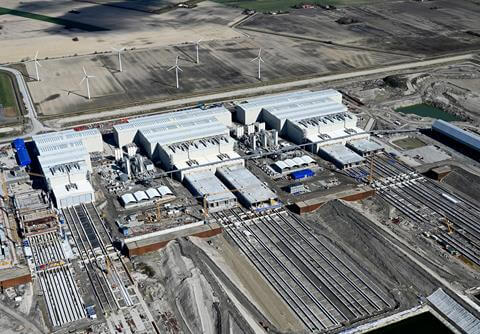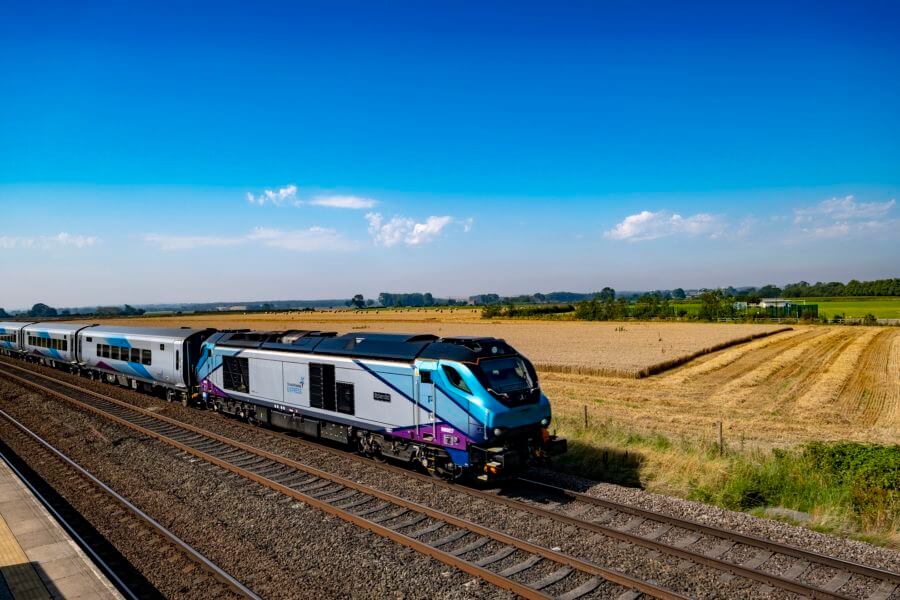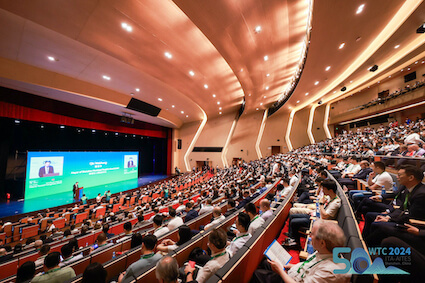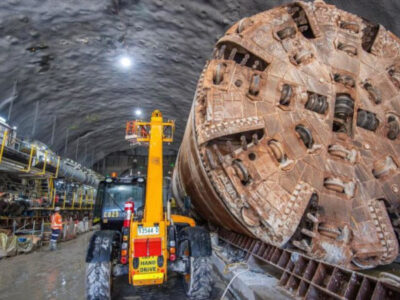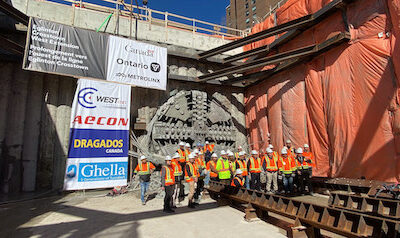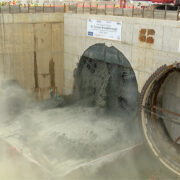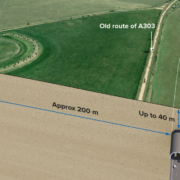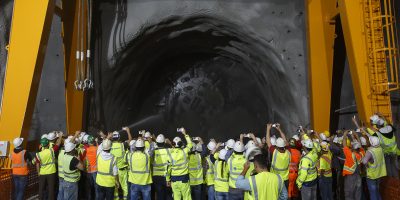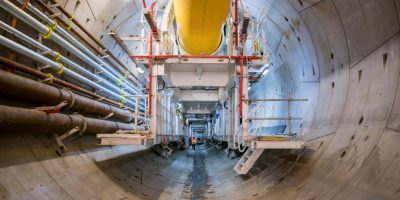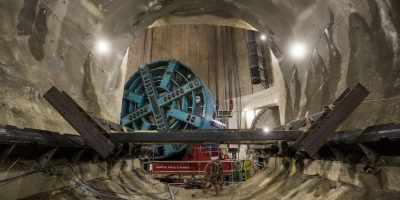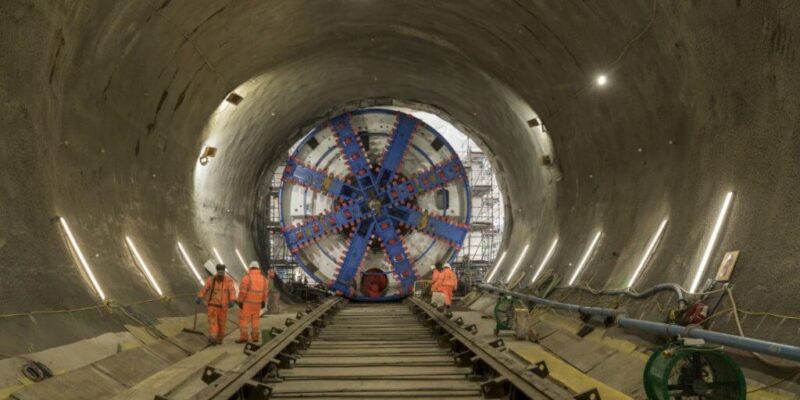
Considering that Northholt tunnel of HS2 is divided into two sections with different geological challenges, all four TBMs are currently working on this part.
In order to constructing the Northolt tunnel, TBM Anne that is the fourth and last tunnel boring machine (TBM) was commissioned by te High Speed 2 (HS2) London tunnels contractor, Skanska Costain Strabag joint venture (SCS JV), earlier this month.
The running path of this 13.5km tunnel will be from HS2’s Old Oak Common station to West Ruislip for carrying passengers, where the high speed rail line will continue above ground.
As HS2 Ltd announced on 8 April, the location where TBM Anne had commenced its 5.5km drive was the Victoria Road crossover box in North Acton, close to Old Oak Common station. SCS JV created a 25m deep caterpillar-shaped box at the launch site, where trains are due to eventually cross tracks on their way in and out of Old Oak Common station.
Being constructed by German TBM manufacturer Herrenknecht, the earth pressure balance TBM, Anne, has a 9.11m diameter cutterhead, 170m length and weighs 1,700t, whereas it specifically suits the geology it is boring through.
Anne follows on the heels of TBM Emily, which was launched in February and they both are going to end their drives in Greenford, in the Green Park Way shaft.
The two TBMs are working on the eastern section of the Northolt Tunnel and are tunneling predominantly through the London Clay Formation.
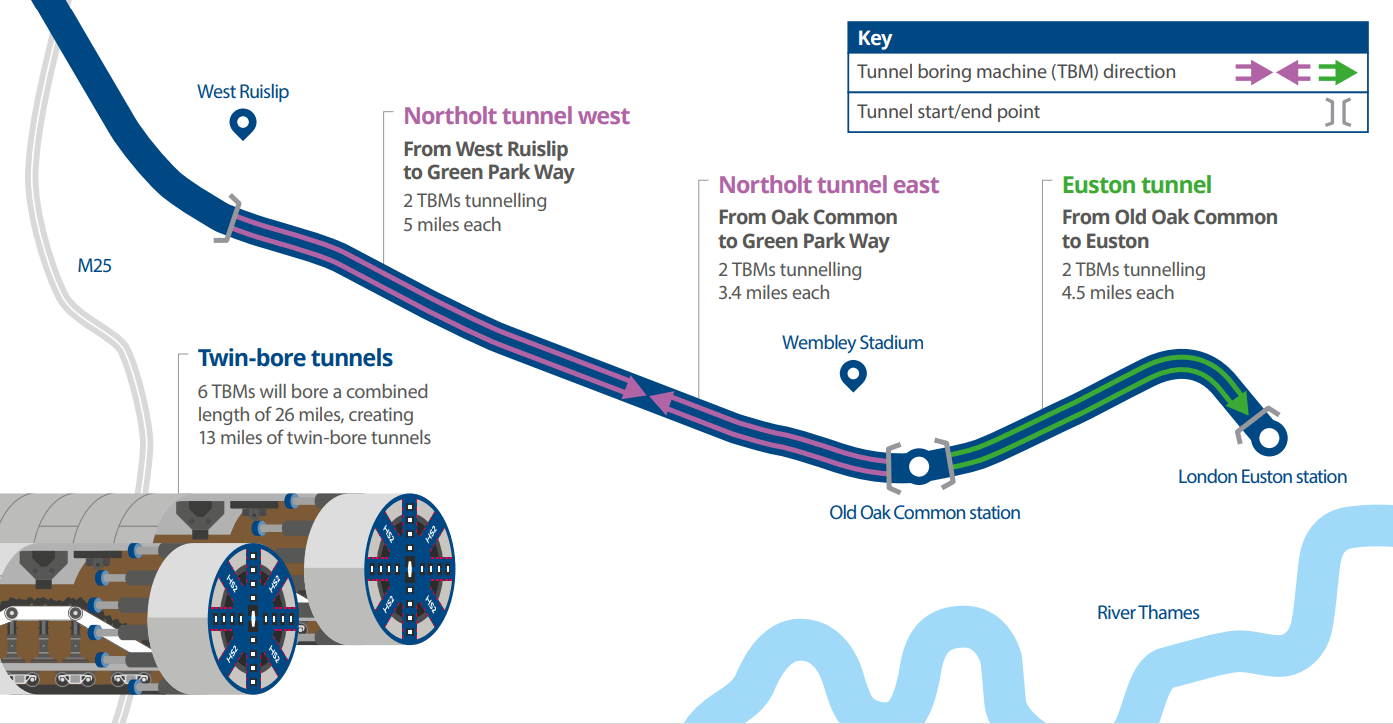
The construction process of the western section of the twin bore tunnel is up to TBMs Sushila and Caroline, which were started up in October 2022 and TBMs are both over halfway through their 8km journeys between West Ruislip and Green Park Way.
The geology along the east and west stretches is among the key differences in the tunneling works.
The different geologies such as London Clay Formation, Harwich Formation, the Lambeth Group and the Upper Chalk, are in the way of Sushila and Caroline.
Due to the tunneling operations on the west section in the early part of 2023, a pool of foam, a bubbling puddle of muddy water as well as a grout leak appeared on a rugby pitch in Ruislip. The fluids came to the surface through existing boreholes and waterlogged ground.
Considering that there was a sand layer on the top of the tunnel between the London Clay and ground level, this specific location ground conditions were especially challenging.
According to a HS2 Ltd spokesperson: “The overall variable conditions that TBMs Sushila and Caroline have encountered have given rise to challenges for the tunneling machines While there is obvious variability between the four formations encountered, it was the well known and well documented variability of the Lambeth Group Formation that provided the challenges in the area around the Ruislip rugby fields in early 2023.”
Out of the total 8.2km of the west section, the TBMs have to deal with the Lambeth Group for approximately 6km.
The spokesperson also added: “The Lambeth Group Formation in this area consists primarily of the Reading Formation, Upper and Lower Mottled Clays, with sand channels. The sand channels were identified during ground investigations for HS2, and showed a high variability in thickness of sand beds within the Mottled Clays from zero to around 6m, which has been confirmed during the tunnelling. The geological interpretation of the sand channel distribution is historic meandering river and estuarine channels crossing the tunnel alignment, as these channels weaved along their watercourses, often with new channels cutting off older channels in the process.”
“The ground conditions beneath the Ruislip rugby pitch site that caused issues in early 2023 are some of the most challenging tunnelling conditions on HS2. In this area the ground profile at the tunnel face consisted of Lambeth Group sand channel over stiff clay of the Mottled Beds, which overlaid the Upper Chalk. The earth pressure balance TBMs, like Sushila and Caroline, control the excavated face and ground movement by adding a conditioning fluid to the excavated material including water and air. When the conditioning fluid was pressurised in this ground profile consisting of permeable sand over impermeable clay, the result was to push water and air into the sand, which appeared at the rugby fields via a borehole used on the project for groundwater monitoring. This type of event then occurred three times in the Ruislip area and was considered to be facilitated by the meandering and cross-cut Lambeth Group sand channels, providing pathways to the surface via boreholes, used for groundwater monitoring,” the spokesperson explained.
Following drive of TBMs to the east, the ground conditions have improved and no similar event has taken place since.
The determined date for completion of journy of all four TBMs which are working on the Northolt tunnel is 2025.
In case of confirmarion of constructing the Euston tunnel by the government, the two final London TBMs that are meant to construct the this tunnel are slated to be delivered to the UK later this year and lowered into the underground station box at Old Oak Common ready for start up.
Following the government’s decision in October 2023 to axe the northern leg of HS2 from Birmingham to Manchester, private investment is now expected to help fund delivery of Euston station. As a result, the funding and delivery arrangements for the Euston tunnel are also under review.

